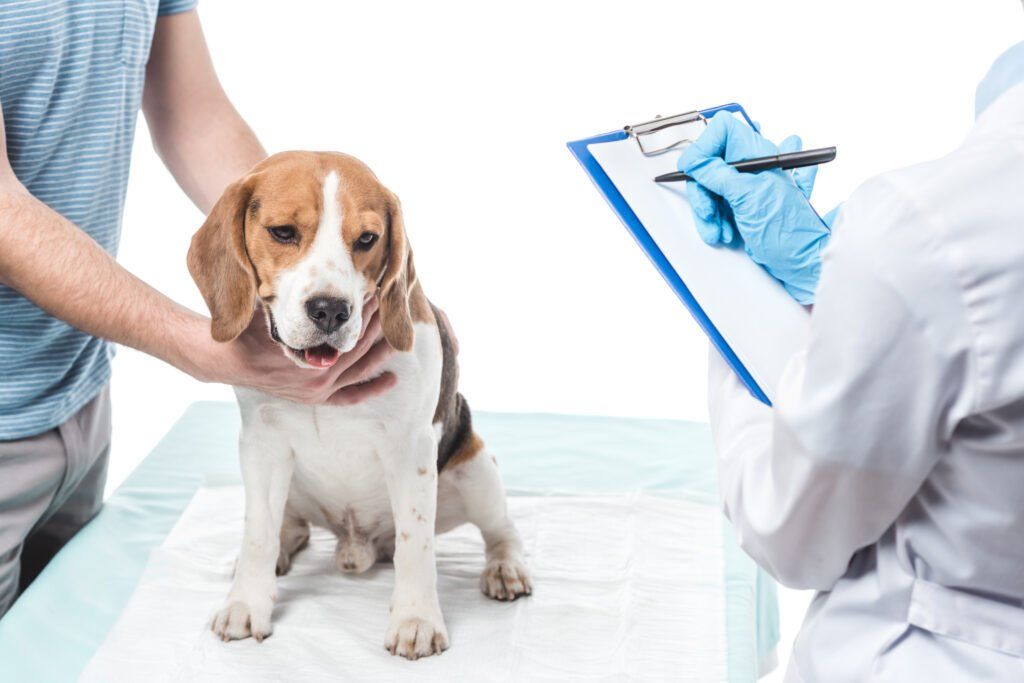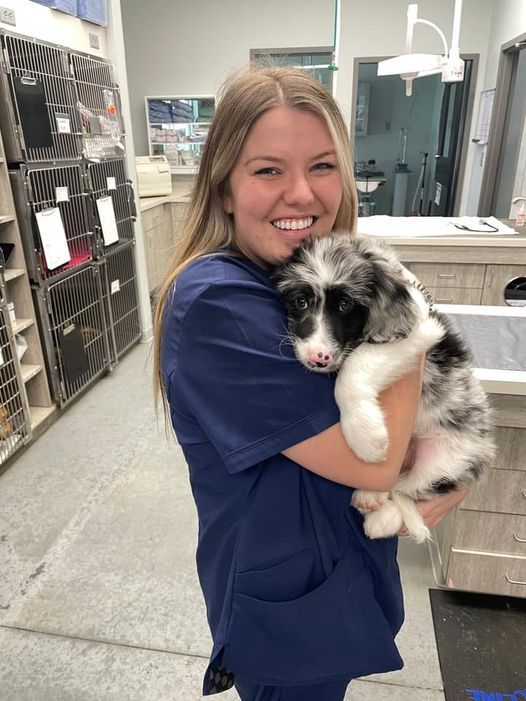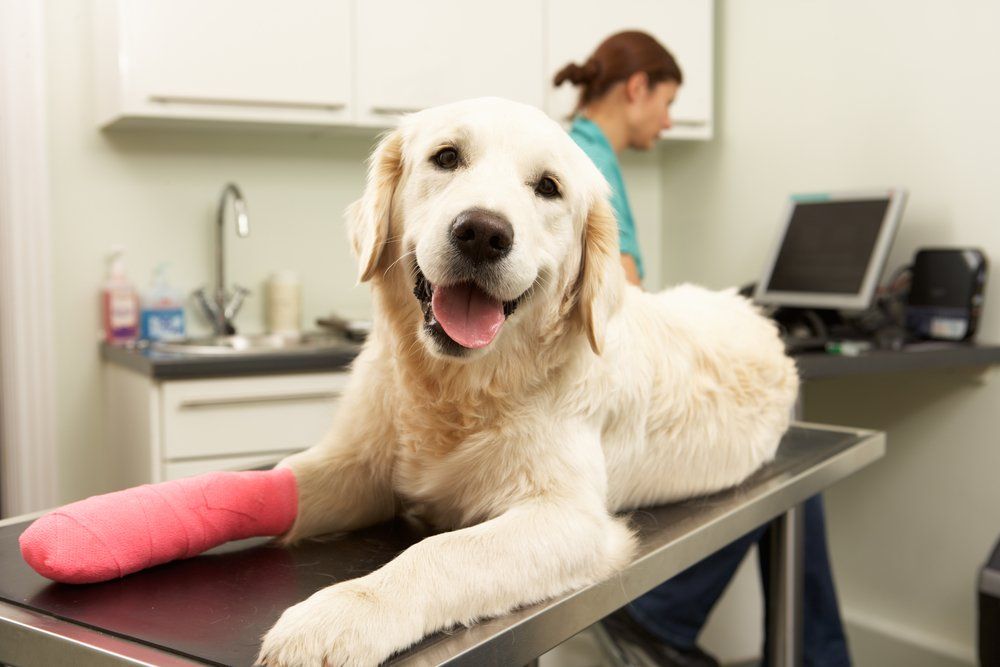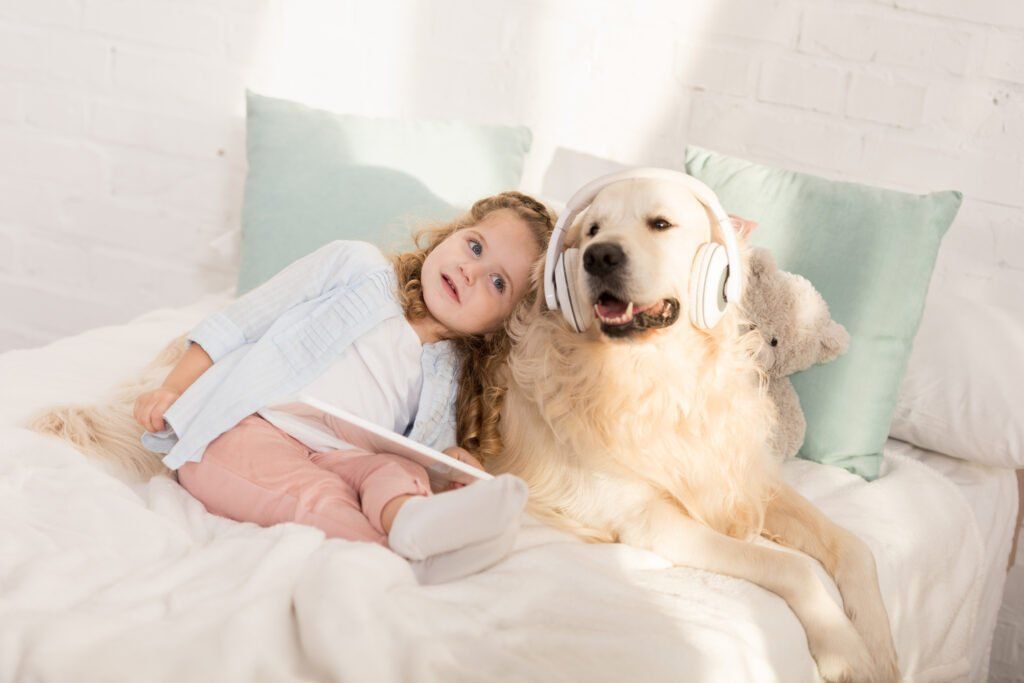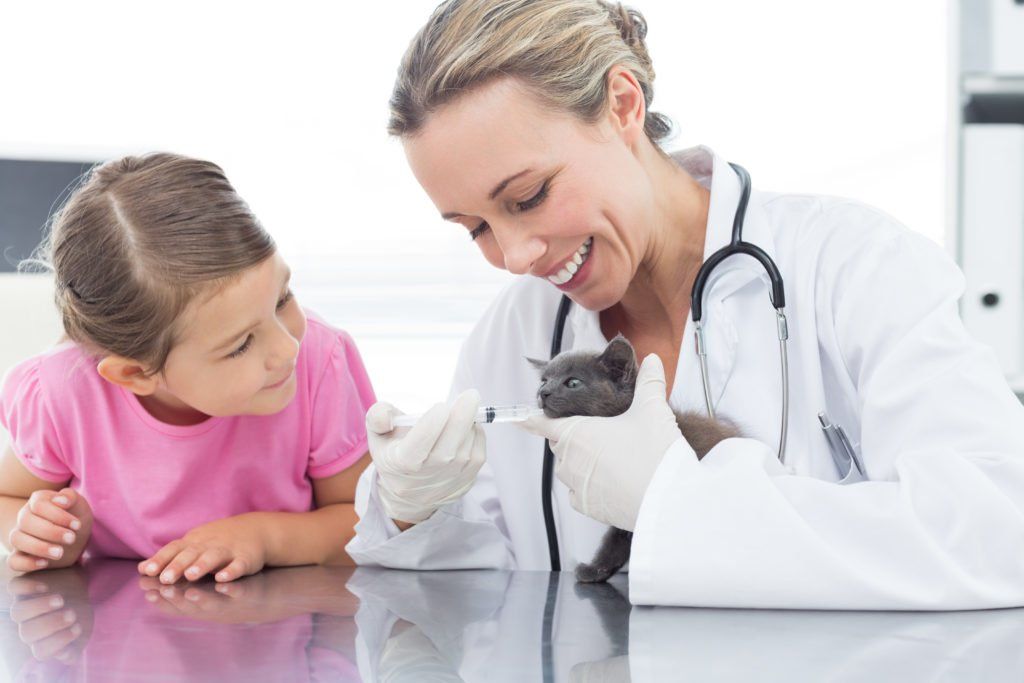Teaching Proper Pet Care is Good for Both Your Child and Pet
Getting a pet is a huge commitment not only for adults but for children as well. Let us help you with proper pet care management. SVCAre you considering choosing a pet to add to your family and teach your child about pet care? Getting a pet is a huge commitment not only for adults but for children as well. Along with bringing joy into the household, pet ownership can teach your child about compassion, kindness, and responsibility.
One of the best ways to teach a child about pet care is to include them in the adoption process. Your child will see that adopting a pet is not something to take lightly and it allows the child to meet the pet before taking them home. Empower your child with information about the adoption process and also try to give your pet some breathing room when they first arrive at home.
If you are adopting a cat or dog, it is important to consider the breed. While every cat or dog has a different personality, some breeds are more conducive to family life. Dog breeds like Golden Retrievers, Labrador Retrievers, Beagles, Boxers, and Terriers are good examples of family-friendly dogs. Birmans, Burmese, Maine Coons, and Siberians are excellent examples of relaxed cat breeds that will do fine around children as well.
Regardless of what pet you get, it is important to teach your child how to properly take care of the pet. Let’s break down age-appropriate ways to keep your pet happy and healthy in a child-filled environment.
Pet Care at Ages 5 and below
During this age range, it is important to model positive behavior in order to show children how to be kind and respectful towards the pet. Children at this age tend to be grabby, excitable, and all of the things most pets would prefer to avoid.
Teach children that it’s not OK to pull on tails, pick them up without an adult, play with them roughly, or play with them while the pet is eating. Animals have feelings too! Animals cannot speak as we can, but they have feelings that we should try to understand so they can be happy and healthy. It’s critical that you teach the pet that it’s not OK to defend their food by biting or being aggressive. Food guarding can be a major problem that can lead to bites, especially with young dogs.
Children at this age also are not mature enough to take care of a pet on their own. Therefore, you should include the children in pet care rituals such as housetraining, grooming, and leash-walking. These rituals teach your child the necessary steps to owning a pet responsibly. We recommend not giving small pets, such as hamsters or guinea pigs, to children in this age range. While a cat or dog can survive a small mishap, our experience shows that small pets usually are not so lucky.
Pet Care at Ages 6 to 11
While the children may not be able to fully take care of the pet at this age, they can still help teach tricks and commands. Children can even start taking dogs on walks with parental supervision. Even better, they can start picking up poop or cleaning pet cages so you don’t have to anymore! This is a vital time where you can help children understand the basic needs of the pet by learning the names and functions of pet care supplies.
Another tip for this age range is to establish clear boundaries for the children and pets. Pets need quiet time too. A child’s enthusiasm may overwhelm the pet and also act as a huge distraction from things like schoolwork or sleeping. For your sanity as a parent, it is recommended you try to limit the number of nights your child sleeps with pets like cats or dogs.
Children can be expected to take care of small pets and not have any accidents in this age range. In fact, small pets are a great way to introduce your child to the responsibility of pet ownership. Small pets tend to require less maintenance than cats or dogs, and they can usually be placed in a child’s room without too many problems.
Pet Care at Ages 12+
This age range is when those early lessons about kindness and responsibility will start paying off. Children this age are often more responsible and understand the pet care needed to keep your pet happy and healthy. For example, taking your child with you during routine vet visits demonstrates that pets need regular healthcare just like humans. This can help your child feel more responsible for the pet’s care and health.
This also the age where children may understand the need for animal shelters and rescues. Younger children often cannot comprehend the reasons for these facilities. This is a prime opportunity to teach your child about how responsible pet ownership can reduce the need for such facilities.
Your Little Rock Veterinary Experts
No matter the age, most children are just excited to own a pet. Teaching them vital pet care skills can help them grow as people and treat others with respect and kindness. If you invite an animal friend into your household, be sure to get them regular check-ups at Shackleford Road Veterinary Clinic in Little Rock. Book an appointment today!
